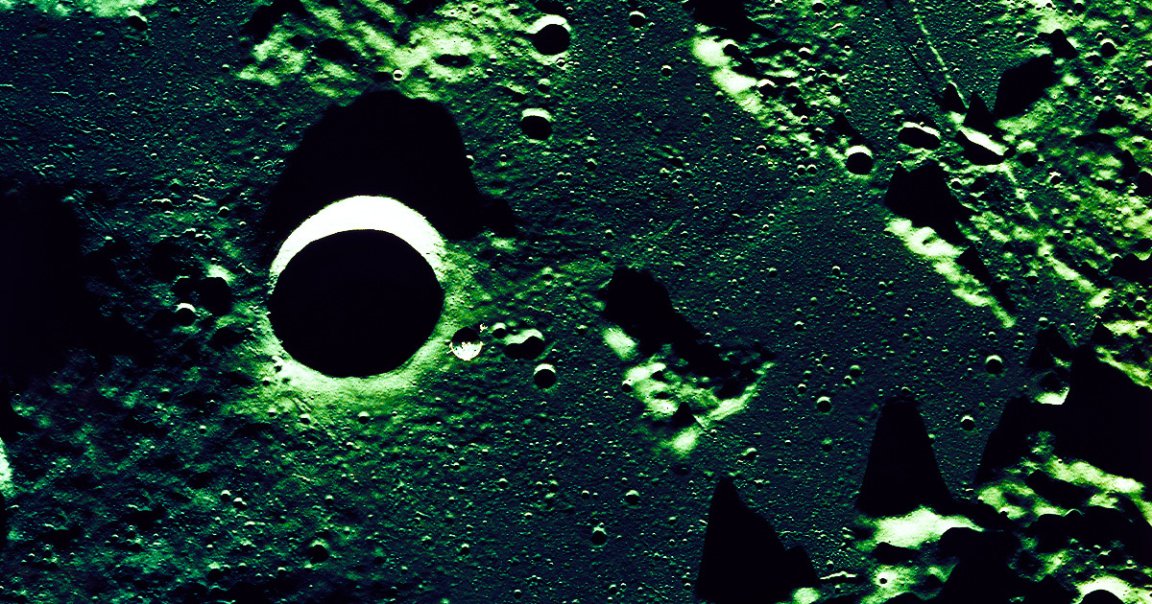
Emergency Backup
To combat growing extinction threats, scientists are proposing an out-of-this-world concept — keeping at-risk cells on the Moon.
As The Guardian reports, an international team of experts is proposing a “biorepository” of preserved cells fortressed on the Moon so that nothing on this planet, be it the natural destruction of our ecosystems or mutually assured destruction from war, can destroy the vault housing our planet’s at-risk biodiversity.
Svalbard, a seed bank on a remote Norwegian island, used to be considered the gold standard for such arks — but in 2017, the island housing the “doomsday” seed vault flooded. To the mind of Smithsonian marine biologist Mary Hagedorn, the lead author of the Moon biorepository proposal that’s soon to be published by the journal BioScience, that’s proof enough that Earth-bound arks may be at threat.
“If there had not been people there, flooding could have damaged the biorepository, Hagedorn told The Guardian. “So all in all, the idea of having a really secure, passive biorepository for safeguarding Earth’s biodiversity seems like a really good idea.”
Seed for Speed
Between the melting at Svalbard and the partial destruction of a Ukrainian seed bank during Russia’s ongoing invasion of the former Eastern Bloc country, there’s plenty of reason to want to keep samples of our planet’s many types of living things safe and sound off-world.
The Moon is an ideal environment, the scientists argue, due to its natural frigidity, which like a cold laboratory will preserve the cell samples of our planet’s most at-risk species away from all our problems down here without the need for an additional power source.
If this sounds to you like cryogenics, the sci-fi-esque proposal that has the wealthy throwing their money at companies that promise to keep their bodies on ice in hopes of reanimating them in the future, you’re not wrong.
The difference between the big talk of those companies and the more aptly-named cryopreservation — which involves bringing cells down to a temperature so low that it suspends biological activity in hopes of later cloning — going on with these sorts of DNA vaults, however, is that the cells being preserved would still be alive.
Hagedorn’s team has, as The Guardian notes, already used cryopreservation on cells from the Starry Goby fish — an “exemplar species,” as the scientists call these pretty purple and green-specked swimmers in a press release about their proposal, that aren’t at risk of extinction but which nevertheless play an important role in the coral reef health.
Still, there’s going to be a lot more technological advancement done before this proposed lunar biorepository project can become a reality.
“We know how to do this and can do this and will do this,” Hagedorn told The Guardian, “but it may take decades to finally achieve.”
If that’s not the spirit that will save life on this planet, we don’t know what is.
More on biodiversity: Scientists Discover Teeny Tiny Plant With the Largest Genome Ever Sequenced